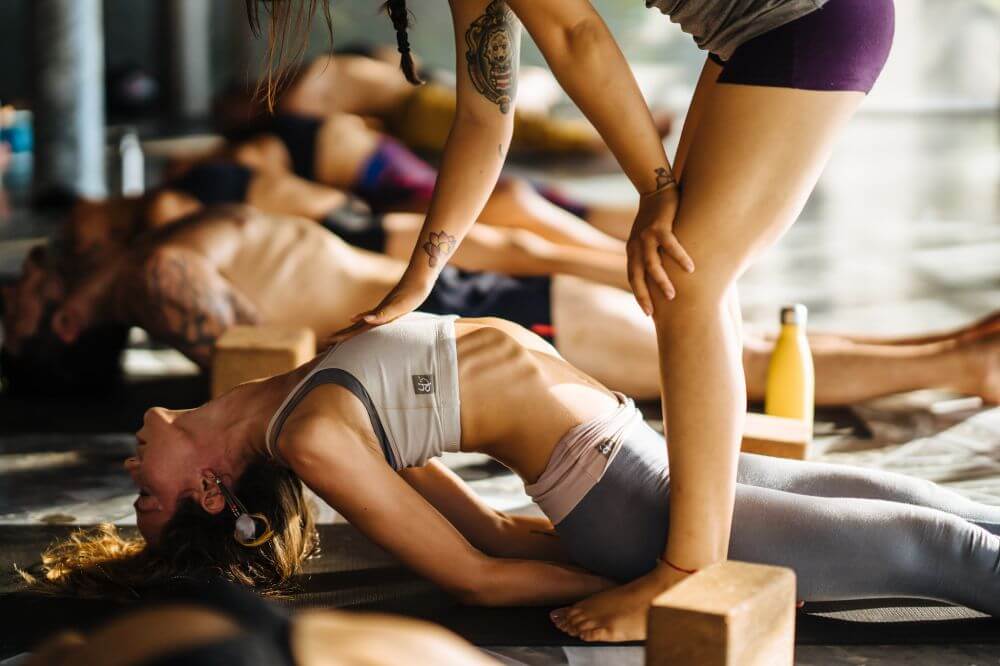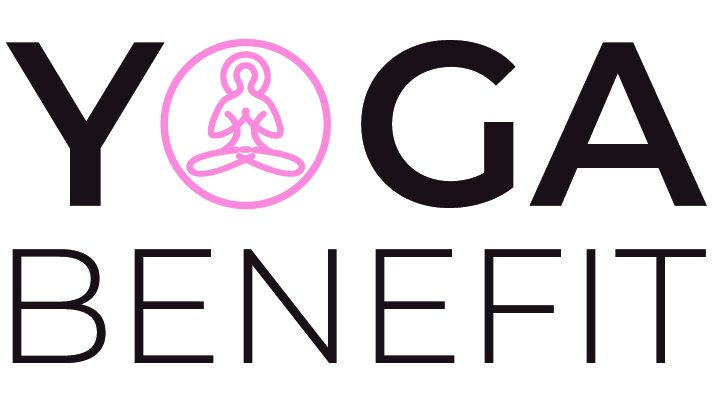Yoga can have a great impact on your health. Regular yoga practice will lead to a significant improvement in your overall health. You will feel healthier and more peaceful in your body. It can be difficult to find time to do yoga every day. Our busy schedules make it impossible to do what we really want to do. You can also start to practice yoga and improve your health. Yoga doesn’t need to be done in a class – you can do some basic yoga poses at home. It is possible to establish a routine of yoga at home. You will feel better mentally and physically. Start practicing yoga at a time that works for you.

How can you get started with yoga at home?
Many people want to know how they can do basic yoga poses at home. Here are some tips for beginners to yoga:
1. Set Goals
First, determine why you want to do yoga. Yoga can help you feel relaxed and reduce stress. It can be viewed as a series of exercises that will help you stay flexible and fit. Yoga can be healing and can lead to serenity. Take the time to examine and consider which areas of wellness you want to improve and then make a mental note. You can write down your reasons for wanting to practice yoga, and then work towards it. To stay motivated and challenged, keep updating your goals and adding new ones as you meet them.
2. Prepare
Yoga is best done correctly. Prepare yourself. Step-by-step, you can do it at home. Most yoga studios offer free trial classes. You should consider attending as they may help you plan and sequence your own yoga sessions. Note down the poses that you like after class to help you recall them later. If you are having trouble remembering the poses, you can take a sketch book with you. You can draw pictures of each pose in it. For any tips on practicing at home, you can consult the instructor.
3. Watch Yoga Videos
Online yoga courses are available for beginners. These courses provide easy-to-follow instructions for practicing yoga. To learn different poses, you can also purchase yoga DVDs. When choosing a video for yoga, make sure it matches your goals. If you’re looking for yoga poses for weight loss, you might want to look at videos that teach you about vinyasa or ashtanga Sana. Hatha yoga videos may be the best for someone who is looking to meditate and practice mindfulness. Restorative yoga can also be used to stretch and repair muscles.
- Choose a Comfortable Place
You can turn a spare bedroom into a yoga space if you have the space. It is a great idea to have a yoga mat available at all times. If space is a problem, be more creative, flexible and find a spot that works for you. You should find a quiet, peaceful place in your home with plenty of space so you don’t get caught up with the furniture. It may be useful to have a spare section of wall nearby so you can use it as a prop.
5. A woman doing yoga at home Get Your Gear
You won’t need to spend a lot on yoga equipment because there are very few. A few may be useful. You will enjoy your yoga sessions, and it will motivate you to continue practicing. You may find it helps to create the right space and feel. You will need a good yoga mat, a set or blocks of yoga blocks, and a strap or belt for your yoga practice.
6. Find your Yoga Flow/Groove
It may take some planning to put together all the poses and create a solid, cohesive yoga session. You can follow a general pattern. Meditation is a great way to calm your mind and center your thoughts. Sun salutations can be used to warm up the body. Next, you can do standing poses. Then, you can perform forward bends and backbends as well as inversions. To cool your body, end the session with a relaxing pose such as shavasana.
7. Take the time to be mindful of challenges
You should expect some difficulties when performing yoga poses. It may take time to learn the basic principles of yoga postures and correct sequences. Pay attention to potential injury and pain. When done correctly, yoga should feel effortless. You should take the time to learn, improve, and master each asana. You don’t have to be a master at everything, or you might end up in pain. Start with just a few sessions per week, and then gradually increase your practice to daily yoga.
8. Take some time for yourself
Before you start your session, make sure that all electronic devices are turned off or unplugged. You should ensure that nobody visits you. Ask your family members to be polite and not disturb you, especially children, unless it is an emergency. An uninterrupted hour is the best thing. You don’t need to practice yoga for an hour straight if you don’t have the time. Instead, try 10 minutes. Even better, you can get up earlier to practice yoga.
9. Include Different Asanas
It’s possible that you may not be able to do every asana daily. Different asanas can be performed on different days. It is possible to start with the easiest ones before you move on to more complex ones. You can also incorporate new asanas. You can do a series of standing asanas and inversions. To relax your spine, you can also do a twisting asana. You should hold each asana for at least a few seconds.
10. Increase the intensity of your yoga
After you feel comfortable with your yoga practice, hold each pose for a bit longer. Try to seamlessly flow between asanas. You can increase the intensity of your sessions by challenging yourself to do more complex poses such as squats and lunges. You can gradually increase the frequency of your sessions by increasing the number of days. You can easily increase the frequency to 5-7 days per week.
